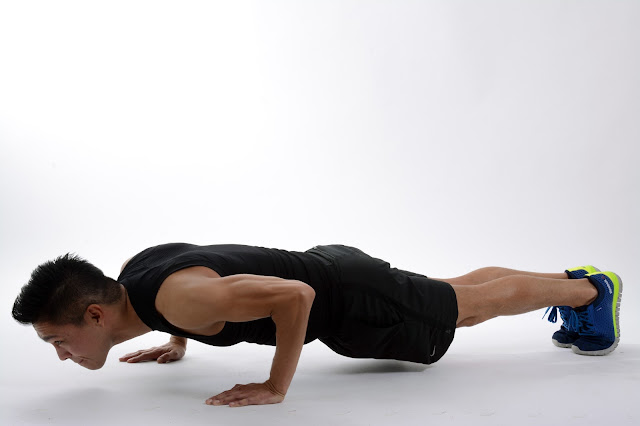Academy PT Programming

Q: "I was recently selected to be a PT instructor in our academy. I found an article you authored at Bodybuilding.com regarding training received in the academy.
Man I was excited when I heard you mention most of the reasons I became an instructor. Like who really cares if the recruit can run six miles at under 9 minutes miles. I am working hard to train our new recruits in a different manner, just like you mentioned, a short foot pursuit and then a fight.
I am looking for ideas on how to set up these type of workouts with so many people at one time. We started our academy today with 37 recruits. We do have a weight room, but still its hard to get them all on a machine at one time and keep them busy. If you have any ideas you could share with me I would greatly appreciate it. I want to be successful, and I want to feel like I really help these recruits in their new jobs.
The Lt. has given me the ability to implement any work outs I design, so any effort or time you spent helping me would not be wasted. Thanks for anything you can do."
My Answer: Congrats on your new position as PT instructor at the academy. That's great that you have free rein to run the program as you see fit.
As far as ideas... wow... where do I begin? Here are a few things that come to mind in no particular order:
1) Make sure whatever you do implement has the blessing of POST or whatever accreditation agency your department reports to in addition to POST.
2) Sprint intervals are better than long distance steady state running, so go with that. Hill sprints are always good, if you have hills around.
3) Include some mobility training. I like it at the beginning as part of the warm-up. Stretching and cool down should come after the running or strength training.
4) Always make sure you provide a safe environment and document that. People will get on your case if too many recruits are out on injury.
5) Include some of the drill examples from the article if your academy doesn't already do so (ie. handcuffing after all out sprint). It's important that PT instructors talk to recruits while they're doing the handcuffing to help them calm down and focus on the task at hand. Plus you need to be there to monitor for safety.
6) You can always have recruits alternate sprints/pushups/walks. So sprint, then pushups, then walk for a minute, then back to sprint, and so on and so forth.
7) With regards to weight training, you may be limited by your equipment. Pushups and pull-ups are always good for group exercises. Pushups don't have much carryover to LE, but pull-ups do. If you have a pull-up station or two, then line them up and have them do pull-ups one by one. Pair the ones who can't do any together so that they can do partner assisted pull-ups. This way they both get a workout at the same time.
One thing that I do if I don't have weights is to have officers partner up and use batons as barbell handles. For example, one recruit can do a bicep curl with the baton, while the other recruit pushes down on the baton with just enough resistance to make it burn. Once the recruit reaches the top of the bicep curl, the other recruit now pushes down as if he's doing a pressdown. The recruit who did the bicep curl now provides resistance for the pressdown.
Just make sure they provide just enough resistance. Otherwise people start goofing around and get into a wrestling match with the baton.
Anyway, these are some of the things that come to mind. Good luck and stay safe.

Comments